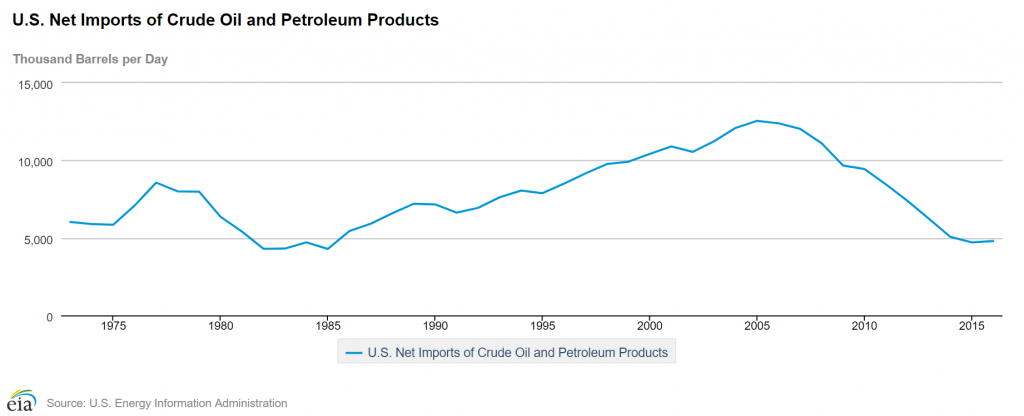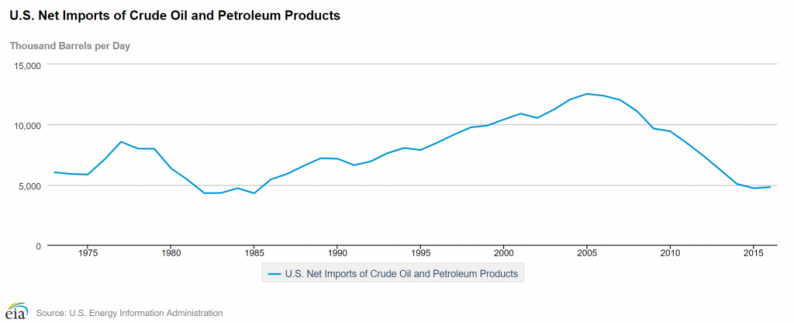The International Energy Agency projects that the U.S. is set to become the world’s leading oil and natural gas production superpower. Is that realistic?
Last week I had articles published in both Forbes and the Wall Street Journal (WSJ) addressing a recent report from the International Energy Agency (IEA).
The IEA made headlines when it projected in its World Energy Outlook 2017 that the U.S. would be a net exporter of oil within a decade. The IEA also projected that the U.S. is set to become the world’s dominant oil and gas production leader for decades.
In a pair of articles that risk making peak oilers’ heads explode, I argued that “Yes, the U.S. could achieve energy independence.” However, it depends on how we define energy independence, and there are several important caveats.
Instead of republishing the articles here, I will simply link to them and hit the key points. The Wall Street Journal article is: Is the U.S. On Track for Energy Independence?
That Forbes article is more focused on numbers and trends: Is U.S. Energy Independence In Sight?
Here is the key point. I was asked in 2005 whether the U.S. could achieve energy independence. I essentially answered that there was a near zero percent chance of that. At that time, U.S. net imports of crude oil and finished products like gasoline had reached a record 12.5 million barrels per day (BPD).
I then proceeded to watch U.S. shale oil ramp up, U.S. refineries start exporting finished products, and U.S. net imports fall by nearly 8 million BPD. My certainty began to waver. In fact, prior to the oil price crash of 2014, the U.S. was on a trajectory to reach zero net imports by 2019:

Net imports of crude oil and finished products plummeted from 2005 to 2015.
I would venture to say that virtually 100% of the peak oil camp would have been like me and deemed such a decline impossible in 2005. So, I have learned to be careful about what I declare to be impossible.









Leave A Comment